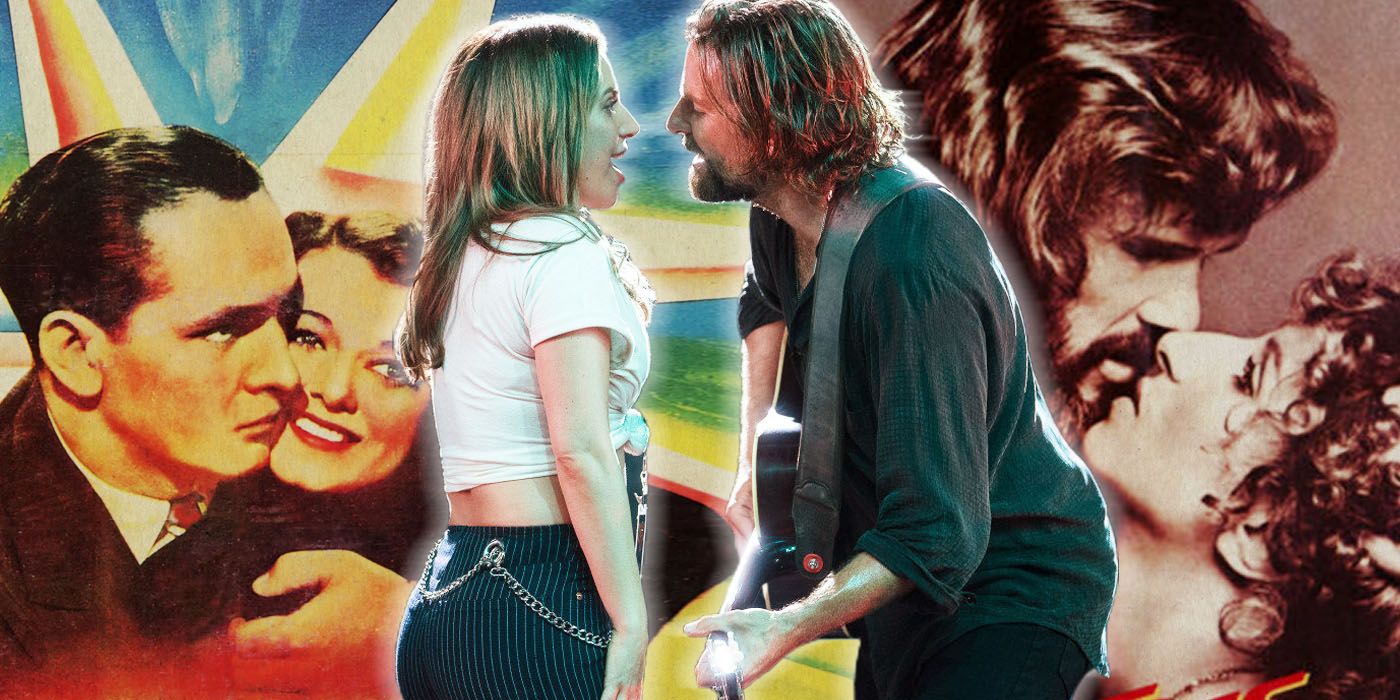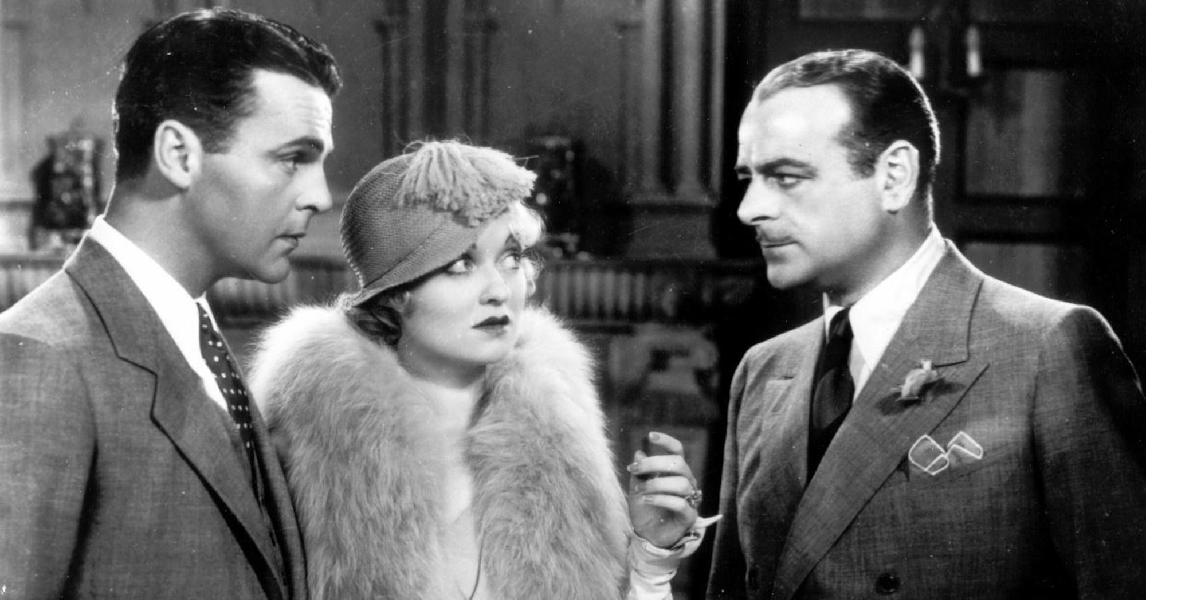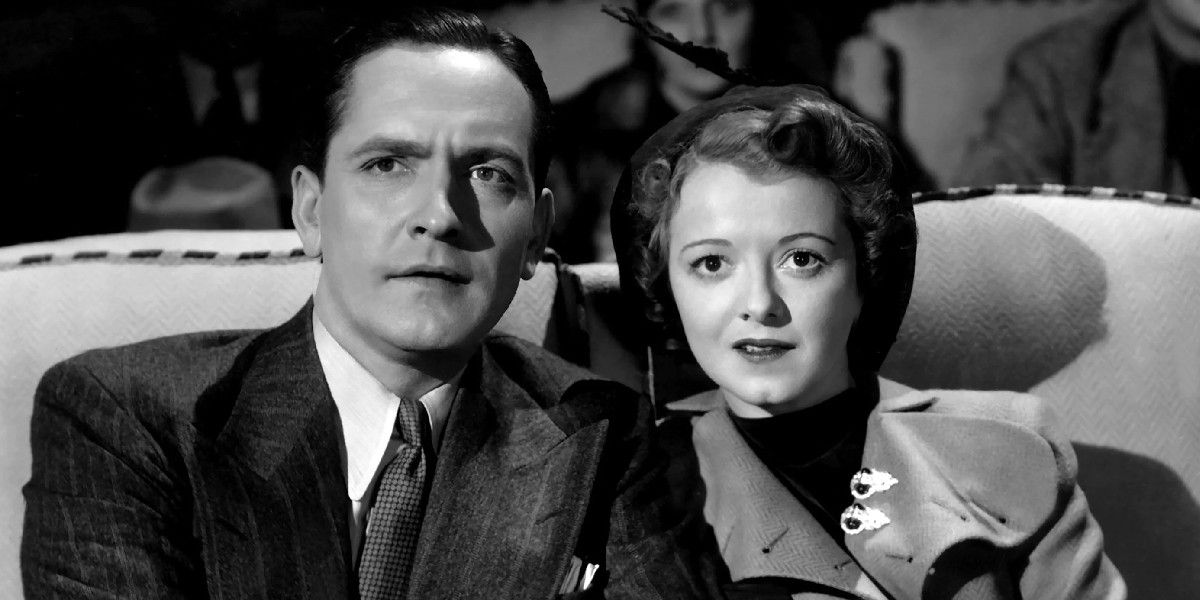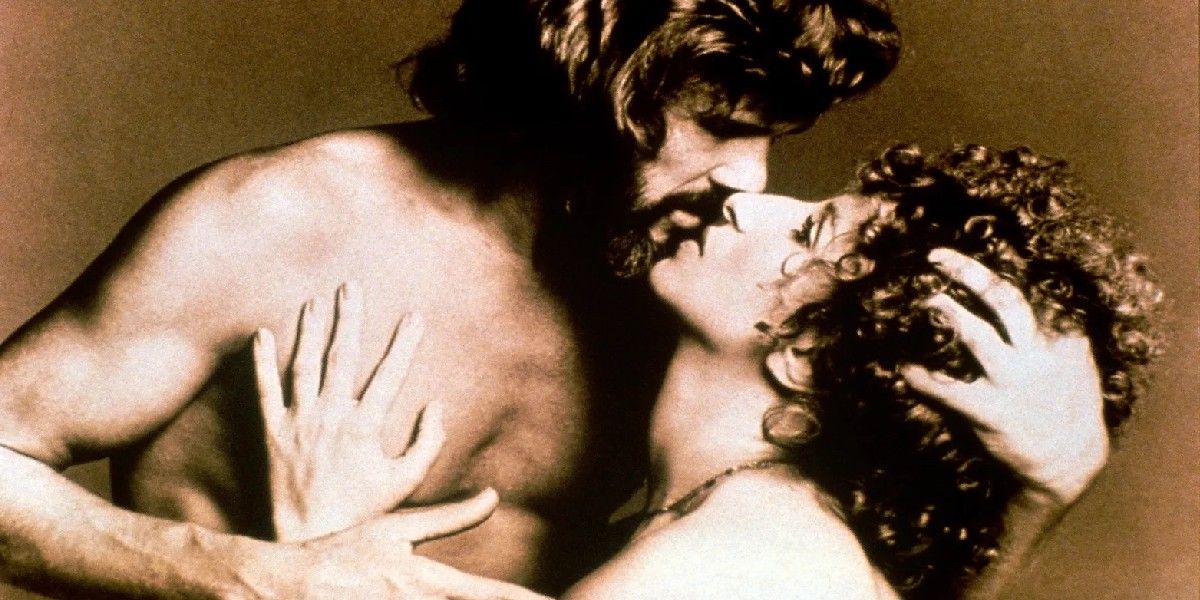This article contains references to addiction, mental health and self-harm.
Any ardent movie fan is bound to be familiar with the enduring title A Star Is Born. The latest version, produced in 2018 starring Bradley Cooper and Lady Gaga, introduced yet another generation to its age-old premise. A talented young woman with real potential is "discovered" by a tortured leading man in his chosen industry. As his star power gradually declines, hers grows brighter until her fame surpasses his own. In the end, he almost always ends his own life (the one exception may be the happier, maybe a tad less realistic, ending given to this oft-repeated storyline by The Artist in 2011). Still, most adaptations broadcast a fairly straightforward, almost meta-message. This type of rarely matched success comes at a cost. The subject alone has proved itself timeless.
The first possible edition of this film, What Price Hollywood? (1932), has the same premise as the others sans the romantic angle between the two leads. It shows the foibles and entrapments that often come with fame and the pursuit of a peak career in show business. 1937 saw the release of A Star Is Born starring Janet Gaynor and Fredric March, meeting and falling in love amidst the dream machine of Hollywood's Golden Era. Judy Garland and James Mason tackled the lead roles in 1954's musical treatment. Then, in 1976, Barbra Streisand and Kris Kristofferson's characters set the narrative against a new backdrop in the music industry. The 2018 version takes its cue from Streisand's in the setting but includes all new songs and adds more nuance to the handling of its main characters and their individual struggles. Audiences and filmmakers likely keep returning to this story and all of its tragedy because it delivers a message most American audiences can relate to: the pursuit of the American Dream and weighing its worth.
A Star Is Born Spotlights a Rags to Riches Fairy Tale
Americans love a good Cinderella story -- the nobody becoming a somebody. And each version of A Star Is Born has its own take. 1932's What Price Hollywood? sees no-name waitress Mary Evans boosted to fame by fated director Max Carey. 1937 and 1954 follow Esther Blodgett, who begins as an aspiring actor/singer and stumbles upon Norman Maine, a failing actor who was once a much sought-after matinee idol. Esther goes through the Hollywood machine makeover and is even given a different name, Vicki Lester. In gaining her stardom, Esther loses a part of herself, her true name.
The 1976 film sees Streisand as Esther Hoffman, a small-time nightclub and commercial jingle singer who gains success and keeps her name -- a slight update to the character's arc in a post-feminist world. Lady Gaga's Ally (no last name) is first seen performing in a drag bar that country star Jackson Maine (Cooper) stumbles into. He is so impressed with her talent that he practically launches her into the spotlight. The first half of each version of A Star Is Born is where most fairy tales end.
A Star Is Born Sees the Loss of a Dream End in Suicide
Alcohol and drug addiction lead to the demise of the male lead in each adaptation. If Esther Blodgett's side of the story represents the light, Normal Maine's represents the dark. The pursuit of the American Dream is explored in all its extremes. After he's arrested for drunk driving, Max Carey can no longer deal with the loss of the success he saw in his earlier days and shoots himself in Mary's dressing room. Norman Maine (in both 1937 and 1954) succumbs to his alcoholism and faded sense of self and drowns himself.
In 1976, it's only inferred that John Norman Howard (Kristofferson) wrecks his car intentionally to save Esther from himself. The audience can only assume his intentions based on his final tender moments with Esther. Equally enigmatic is in 2018 when Cooper's Jackson Maine walks around his garage from the waist down, rope in hand. A scene earlier in the film shows him talking about his attempt to hang himself from a ceiling fan when he was younger. The audience can only assume this is how he meets his end. Thus, each death illustrates the difficulty of dealing with the loss of a dream on top of one's own insurmountable personal struggles.
A Star Is Born's Adaptations Speak to Gender Issues and Feminism
In What Price Hollywood? the romantic relationship is an entirely separate arc. Mary's husband, Lonny, is shown growing jealous of her commitment to her career, which ultimately causes them to separate. At the conclusion of the film, they have a dramatic reunion following Max's death.
The award scene endures through each version of A Star Is Born, from 1937 through 2018, illustrating the male lead's inability to embrace his wife's success amidst his own declining career. Whether it's Esther accepting her Oscar (Gaynor and Garland) or her Grammy (Streisand and Gaga), her husband causes disruption by drunkenly interrupting her acceptance speech. She tries desperately to recover from the embarrassment in front of a live audience. The conflict of the husband being unable to accept his wife's success at this pivotal moment is consistent throughout. Although one facet of the film which has also caused critics to raise eyebrows, seeing as it has never changed, is the leading lady's final scene where she pays tribute to her husband by taking his name. Introducing herself as either "Mrs. Norman Maine," "Esther Hoffman-Howard," or "Ally Maine." She honors him after his death more than he was ever able to do for her in life.
How A Star Is Born Digs Into Hollywood's Toxic Culture
Hollywood has an obsession with makeover scenes and montages. It's part of the mystique of celebrity. The irony of these films is that the very industry that made them is the one that's being criticized. The idea that people or a woman, in this case, must transform themselves is specifically highlighted in Garland's version of A Star Is Born, where Esther is caked in makeup and Mason lovingly wipes some of it off in an effort to show she's beautiful without the glitz and glamour.
Gaga's "Ally" has a scene with Cooper where the Garland/Mason scene is subtly referenced when Cooper removes her false eyebrows after her performance of "La Vie en Rose" at the drag bar where they meet. It's a tender moment that not only zeros in on celebrity standards of beauty and expectation but also reveals the two main characters' true draw to one another. Sadly, the setting in which they have chosen to root their love is too toxic to allow it to grow. The starlet, due to both the man and path she's chosen, cannot "have it all." The true pitfall of this particular American Dream.





